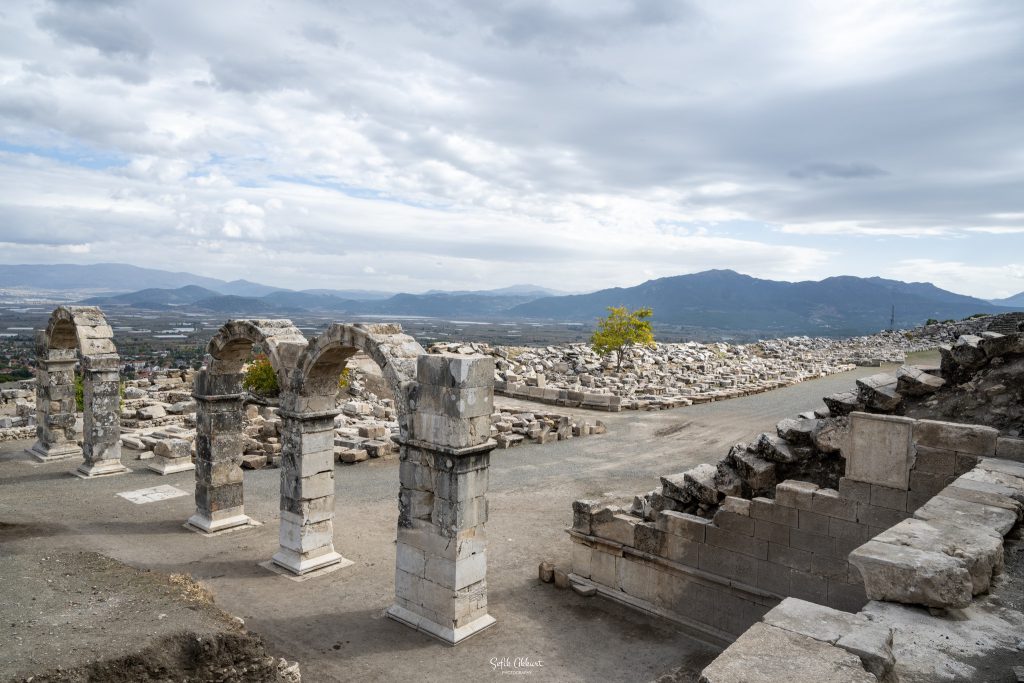Hidden among the juniper and cedar forests on the western slopes of the Gölhisar plain in Burdur’s Gölhisar district lies Kibyra, an ancient city that once echoed with the roars of gladiators and the thunder of racing horses. Perched at an altitude of 1,100–1,300 meters, this 2,300-year-old marvel, known as the “City of Gladiators,” was one of the most powerful cities of the Lydian and Roman eras.
A City with Lydian Roots
According to the famed ancient geographer Strabo of Amasya, the Kibyrans were originally from Lydia before migrating to the Kabalis region, where they established a vast settlement with a perimeter of 100 stadia. Archaeological excavations and sources reveal that Kibyra possessed a strong military character — commanding over 30,000 infantry and 2,000 cavalry — and displayed some of the longest gladiator friezes known from antiquity in Turkey.
Its strategic position made Kibyra the judicial center for 25 nearby cities, while its mastery of horse breeding earned it the title “city of swift horses.” Excavations have also uncovered evidence of advanced ironworking, suggesting that metallurgy here was more than a trade — it was an art.
Prosperity and Roman Reconstruction
Kibyra reached its height during the Roman period, when most of its visible structures were built. However, the city’s prosperity was briefly shattered by a major earthquake in 23 AD. The Roman Emperor Tiberius granted Kibyra a five-year tax amnesty and financial assistance to rebuild, and in gratitude, the citizens renamed their city “Caesarea Cibyra” — the Emperor’s Cibyra.
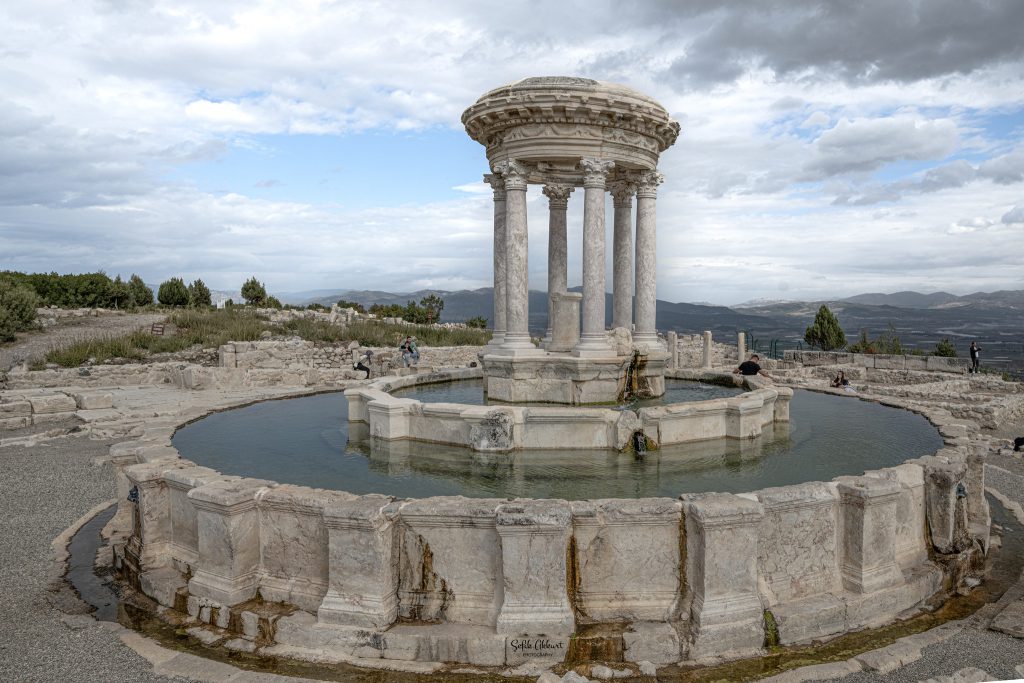
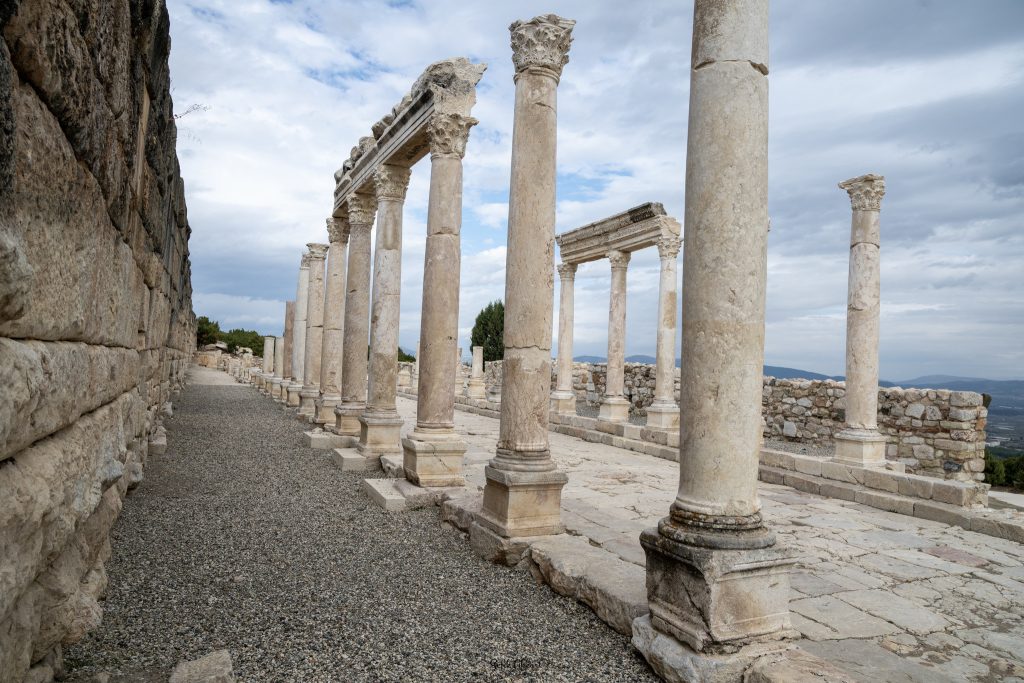
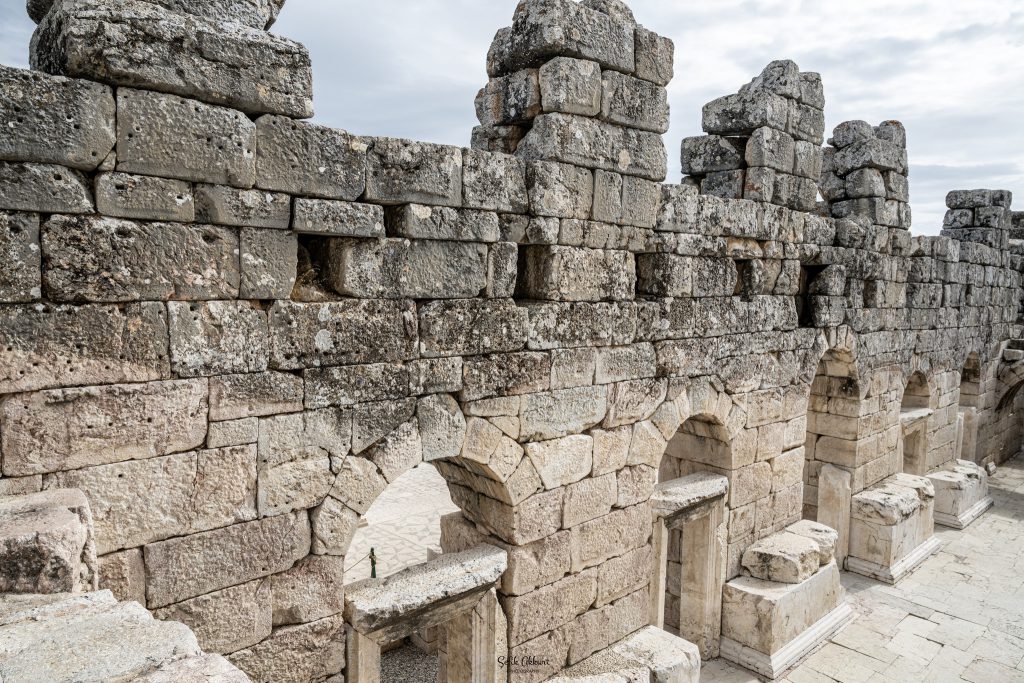
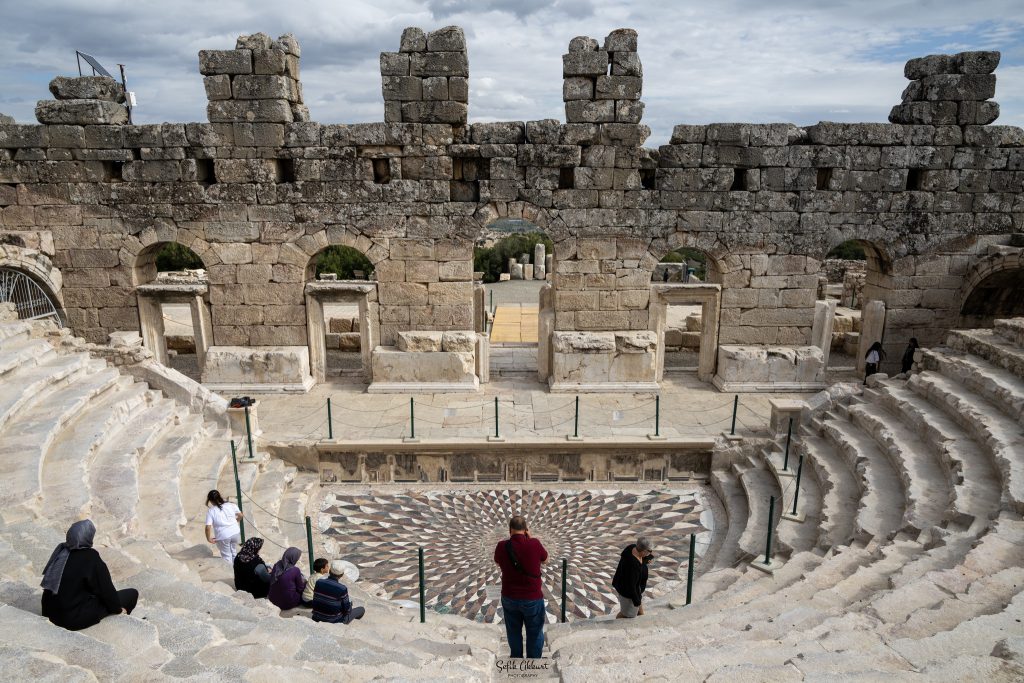
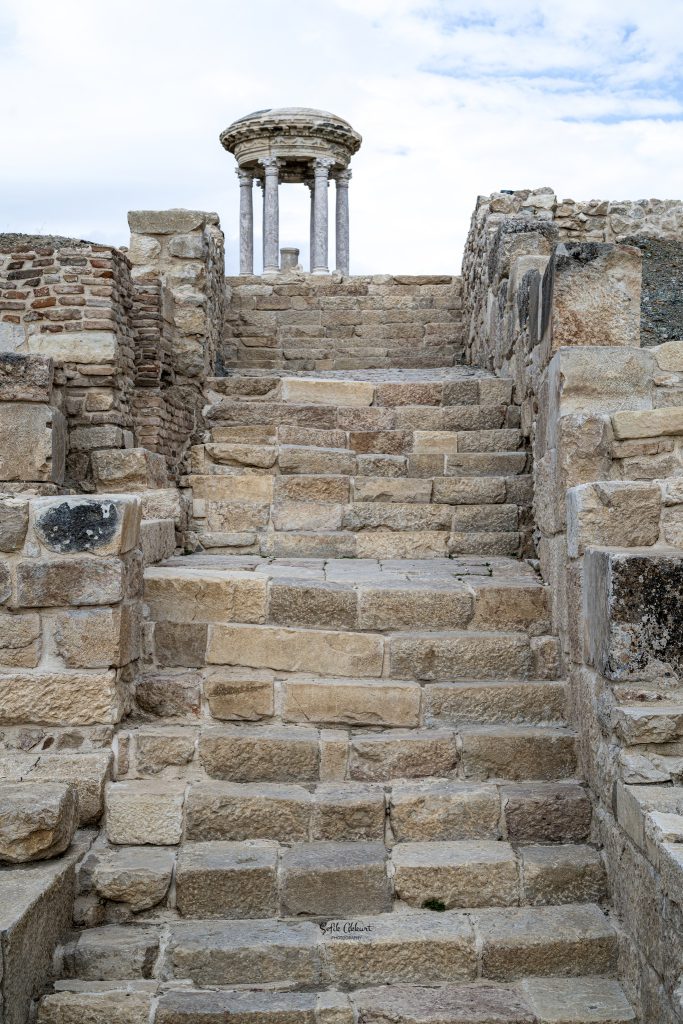
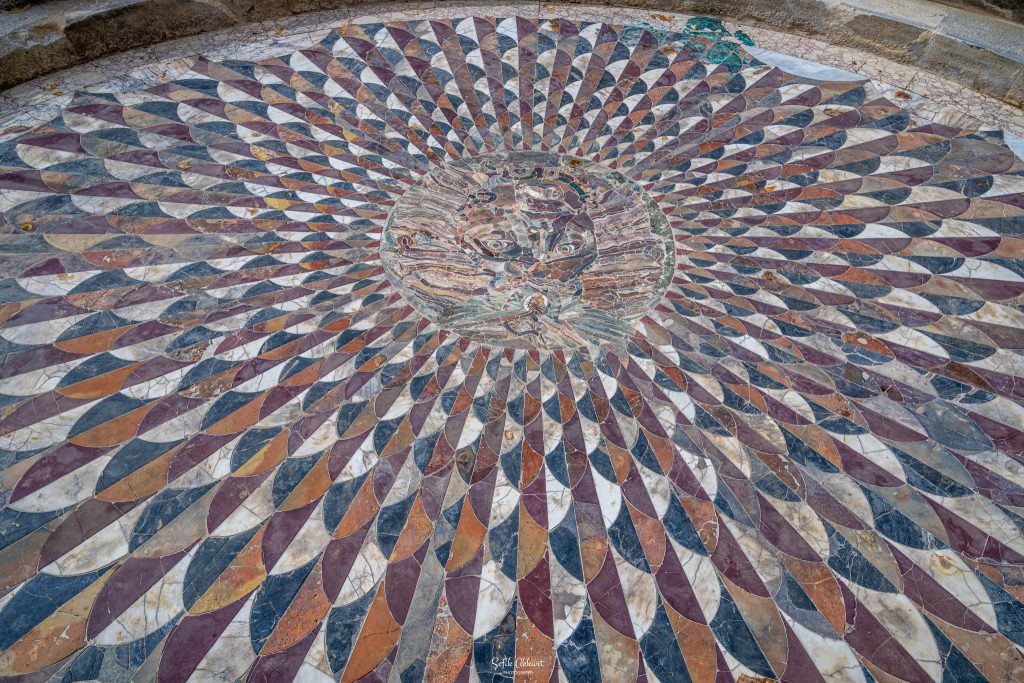
Architectural Wonders of Kibyra
Stadium
On entering the site, the Kibyra Stadium dominates the landscape. Stretching 200 meters and seating around 12,000 spectators, it is regarded as one of the five most magnificent stadiums of the ancient world. Initially used for athletic events, it later became a stage for gladiatorial combats, earning the city its fierce reputation.
Theatre
The theatre of Kibyra, with seating for 7,500–8,000 people, is remarkable for its steep tiers that give it a dramatic presence over the valley. Visitors today can still pass through the ornate southern gate, one of the few ancient theater entrances that remains fully intact.
The World’s Largest Odeon
Among Kibyra’s most astonishing discoveries is the largest known Odeon in the world. Designed as a music and concert hall, it could accommodate around 3,500 people and stands as a testament to the city’s cultural sophistication.
Medusa Mosaic
At the heart of the Odeon lies the Medusa Mosaic, an extraordinary masterpiece dating to the early 1st century AD. Created using the Opus Sectile technique, it portrays Medusa, the mythological creature whose gaze could turn men to stone. The mosaic, unique in the world for its craftsmanship and preservation, once protected the building from evil.
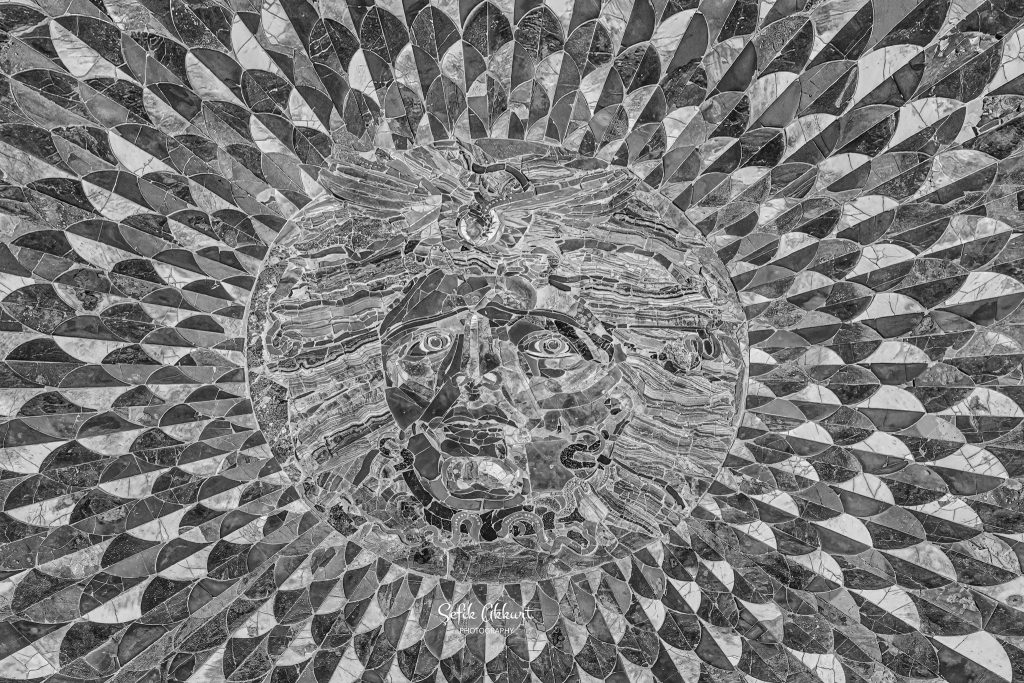
Bath Complex
Kibyra’s Roman bathhouse, spanning approximately 5,400 square meters, is one of the largest in Anatolia. Built with a sophisticated underfloor heating system, it offered both luxury and engineering brilliance. With its 2,600-square-meter main structure, it ranks as the city’s third-largest building, after the stadium and the Odeon.
A Winter Wonderland
While Kibyra is fascinating year-round, visiting in winter reveals an entirely different beauty. Blanketed in snow, the ancient stones and grand arches take on a serene, ethereal quality, transforming the site into a winter wonderland. The snowy peaks and silent ruins create an almost mystical atmosphere — a rare opportunity to see an ancient city seemingly frozen in time. In these quiet months, visitors can wander among the snow-dusted columns and amphitheater seats, imagining how the city might once have glimmered under the same white veil two thousand years ago.
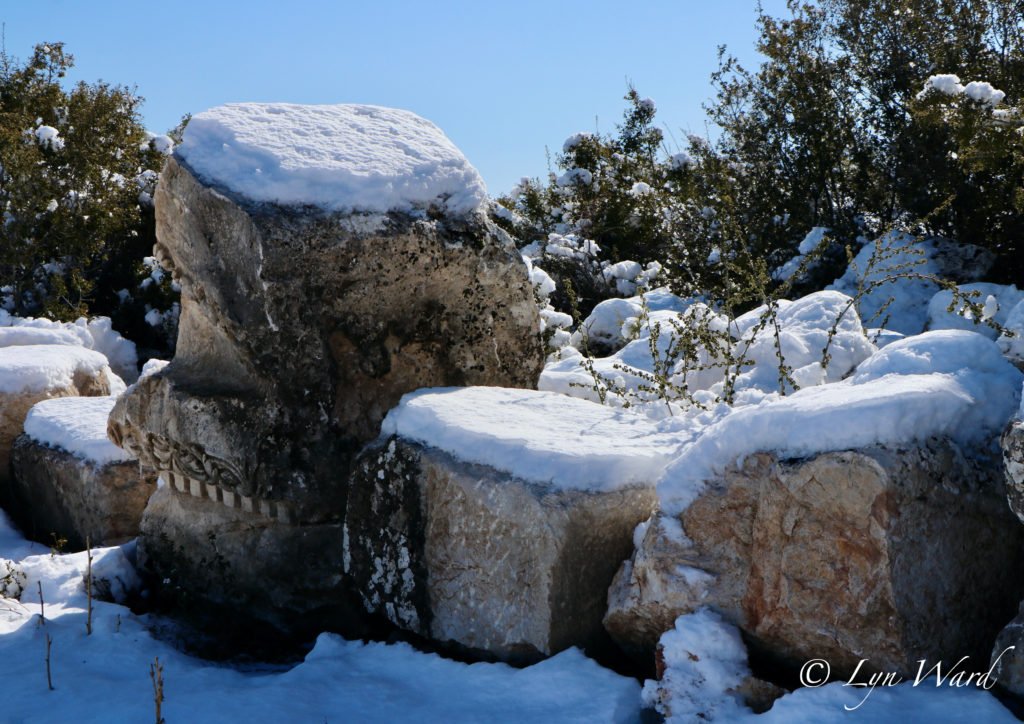
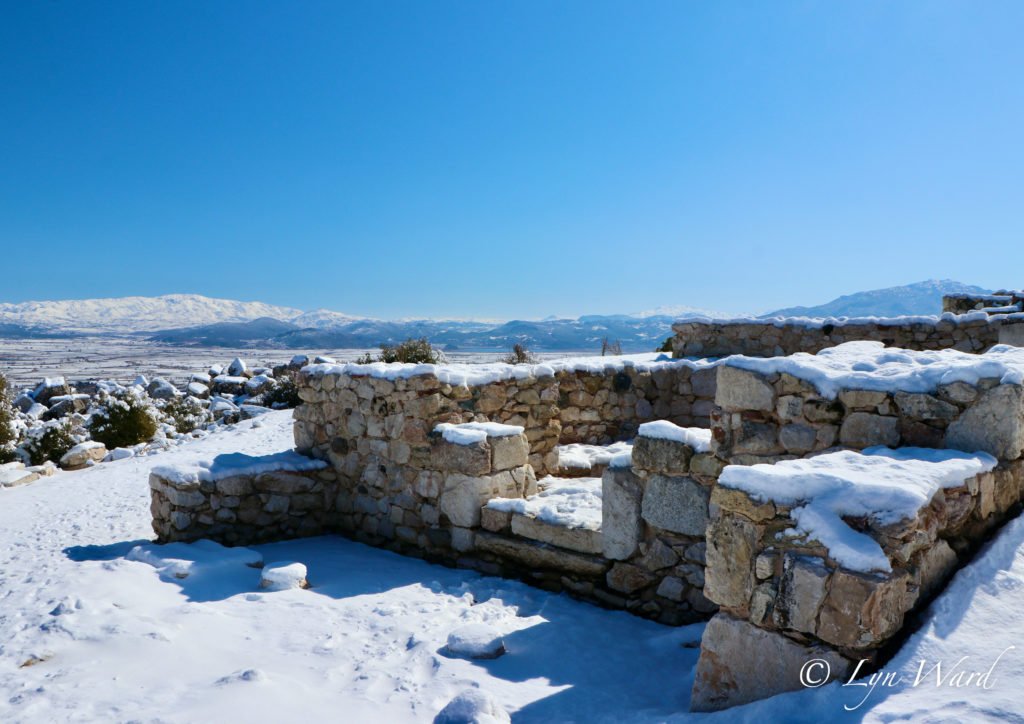
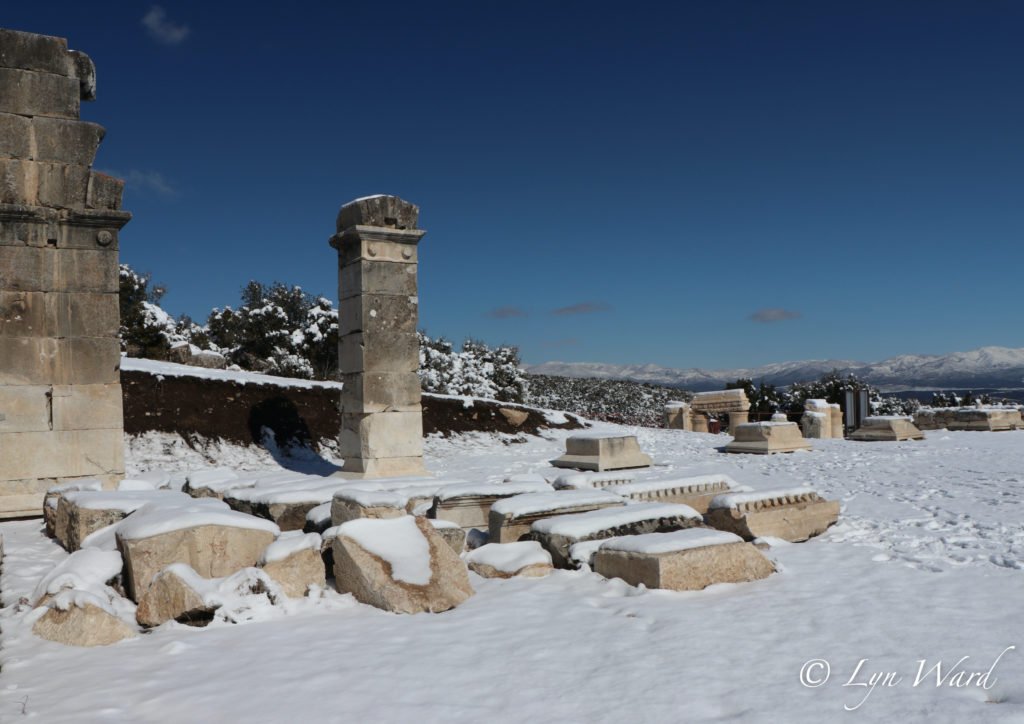
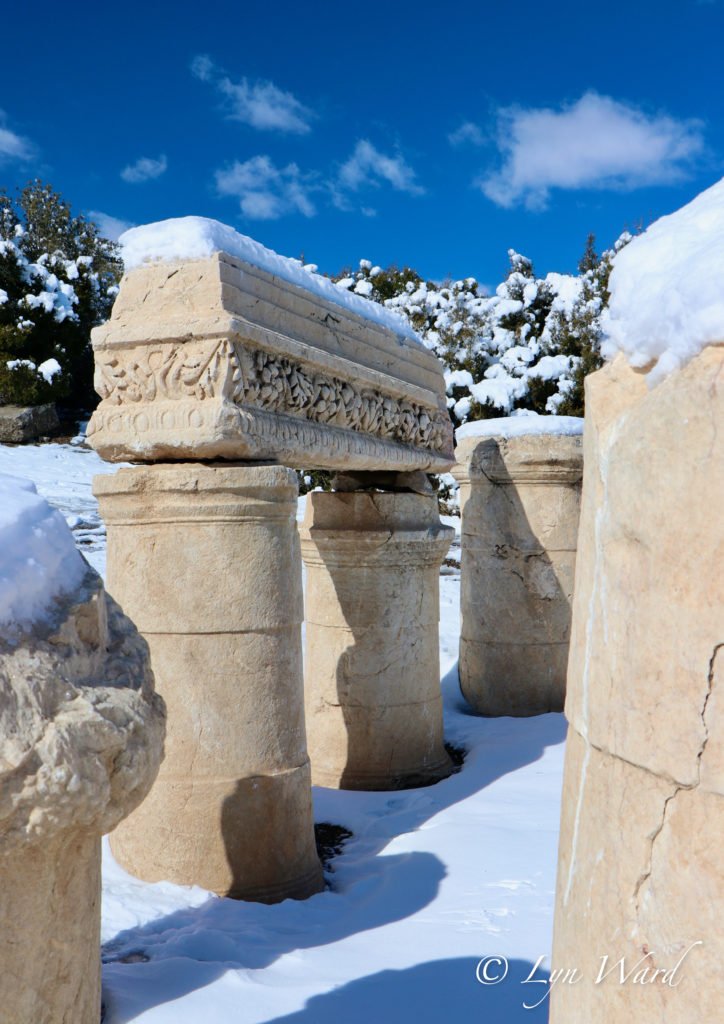
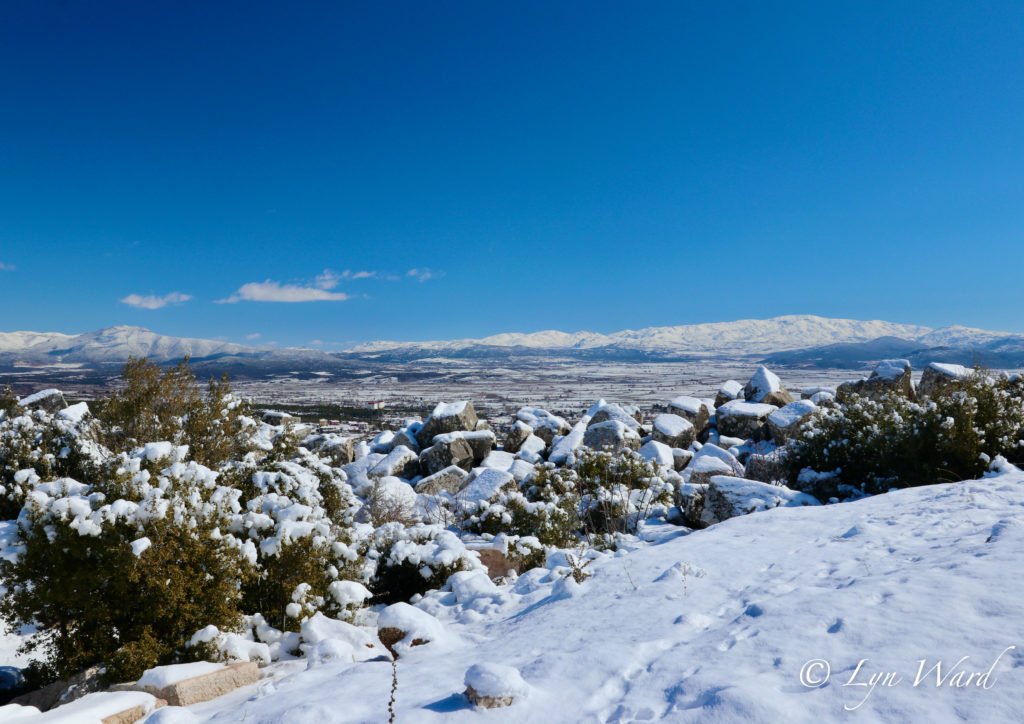
Legacy and Recognition
The ancient city of Kibyra offers visitors a rare opportunity to step back into a world where art, power, and mythology intertwined. Its grandeur and preservation led to its inclusion on the UNESCO World Heritage Tentative List in 2016, ensuring its legacy endures for generations to come.
Getting There
Kibyra is easily accessible by road:
- From Antalya: Follow the Çavdır–Denizli road to Gölhisar, then continue toward the ancient city.
- From Ankara: Take the Afyonkarahisar–Burdur highway and proceed toward Gölhisar–Fethiye.
- From Izmir: Follow the İzmir–Aydın–Denizli route, then take the Acıpayam–Gölhisar line to reach Kibyra.
Whether for its legendary gladiators, majestic architecture, or the snow-covered serenity of winter, Kibyra stands as one of Turkey’s most enthralling archaeological treasures — a city where the echoes of history still whisper through the stones.
Source: http://www.sagalassosvakfi.org
Featured image by Şefik Akkurt

